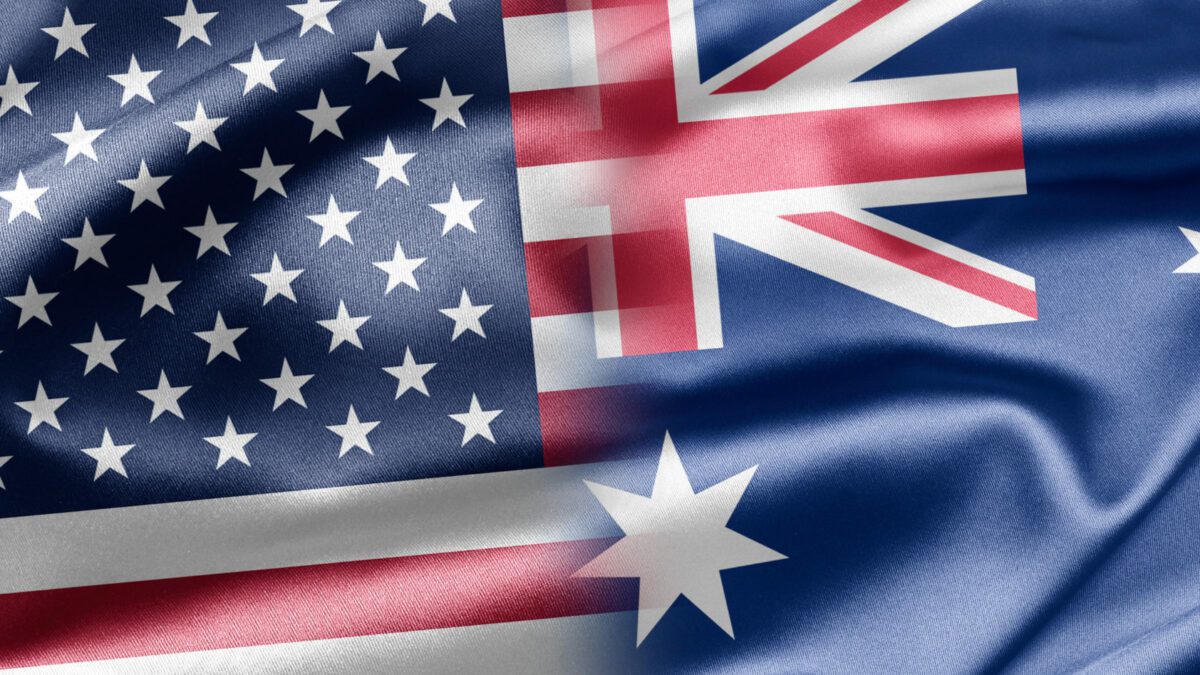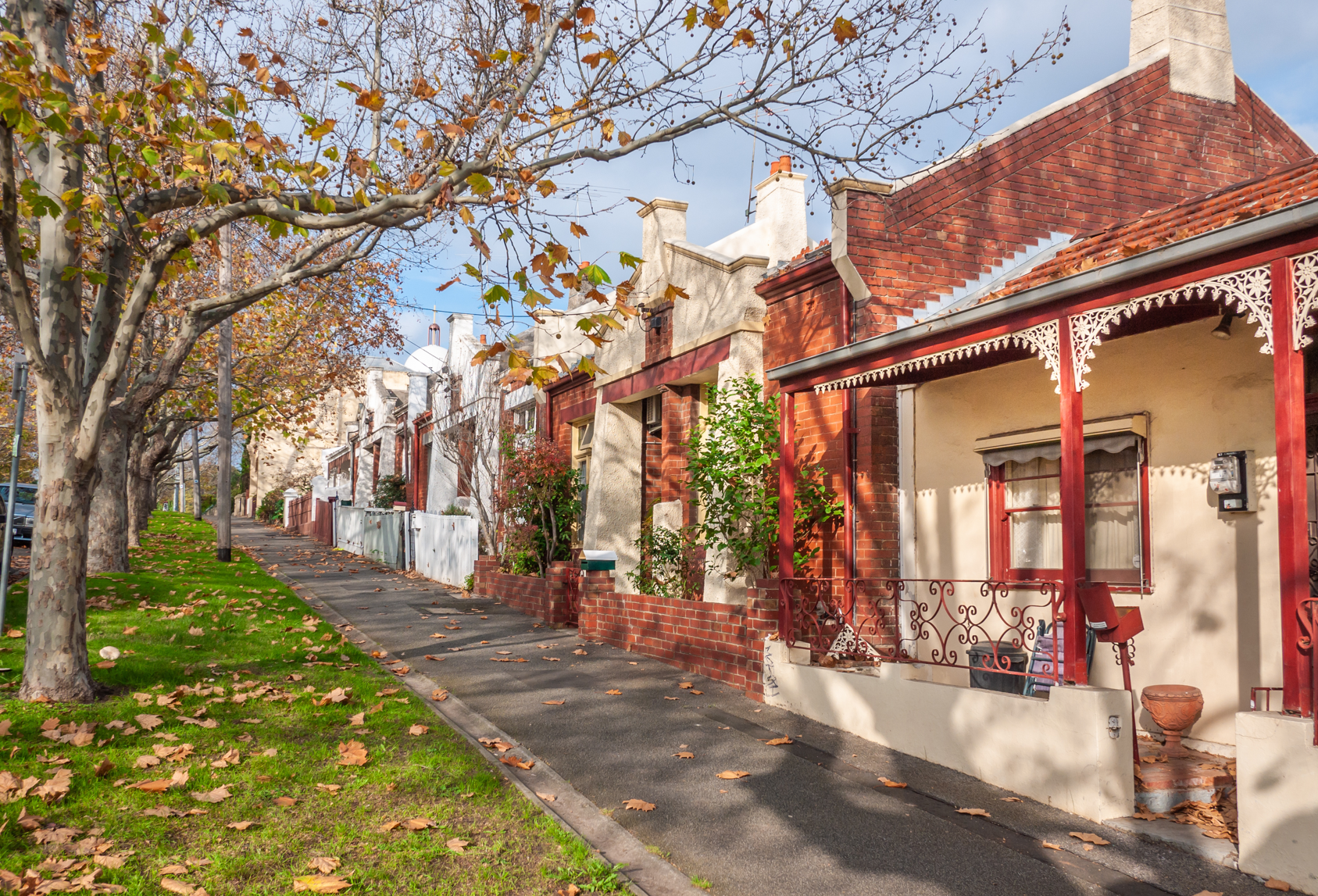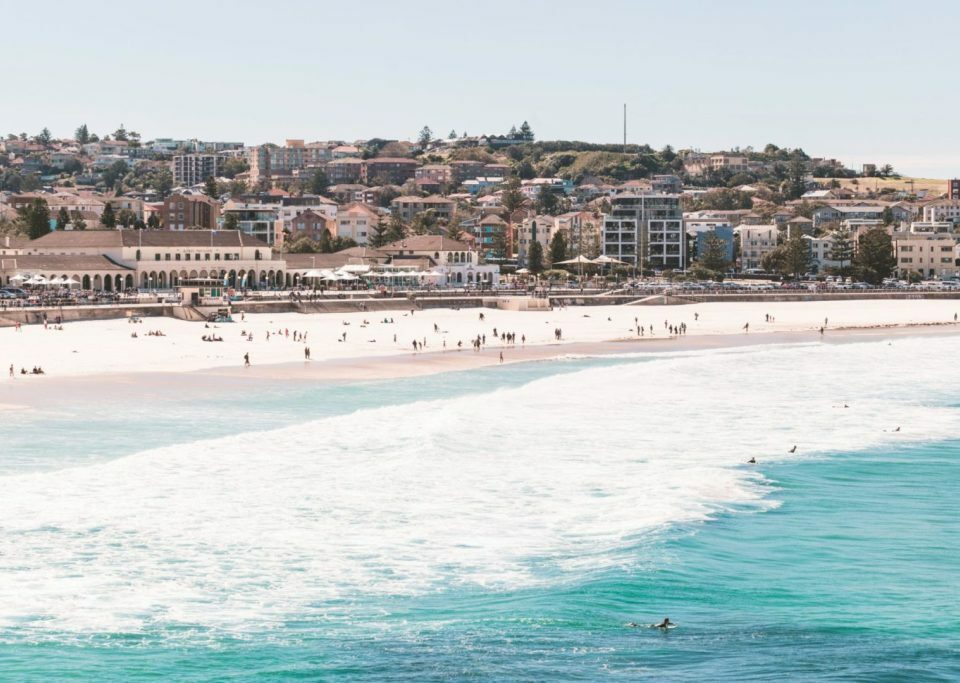Getting an Australian Mortgage whilst living in the USA

Getting an Australian Mortgage whilst living in the UK
September 7, 2020
A suburb in the spotlight: Petersham Property
October 5, 2020This article will explore how you can obtain an Australian mortgage whilst living in the USA. Perhaps you are an Australian expat, married to a foreign national looking to invest in Australian property or refinance a current mortgage
With the COVID pandemic, many Australian expats are looking at Australian property as an asset to invest in, seeing how the Australian government has handled the pandemic as a positive.
This article will discuss the implications around USD foreign income. This can be W2 income or self-employed and the restrictions around the types of loan available.
Getting a home loan using USD income as an Australian expat
Australian expats who earn USD income are considered gold standard currency. From a lending perspective, banks view this type of currency as reliable, safe and are more open to lending against this currency.
Australian expats that have been outside of the country for some time. It is important to ensure you have a credit score. Australia has implemented a relatively new scoring system and will have an impact on your mortgage application process.
W2 Income
W2 income or being employed for an American based employer is preferable with Australian lenders. Generally, the process is lenders will take your base USD wage, convert to AUD and take 80-100% of the Gross wage for servicing.
Aside from base wage, lenders will accept allowances, commissions and bonus payments paid in USD and then convert to AUD. Lenders would like to see a copy of your employment contract to verify the base wage and other benefits paid.
Lenders will generally take 80% – 100% of the converted USD to AUD amount for servicing.
Self Employed Income
Self-employed income is accepted, though many lenders on our panel will deem this type of income as unacceptable. Lenders that will accept this type of income, they will want to verify against the last 2 years financial statements and tax returns and an accountants letter.
This type of income would be more suited to established businesses and not startups, as you will need to demonstrate a taxable profit for servicing purposes.
The lenders will take the net income and again convert from USD to AUD and take 80-90% of the income for servicing.
Purchasing an Australian investment property
Lenders will allow you to borrow 70% – 90% of the property value (depending on the lender). At the time of the application, the lender will want to ensure you have sufficient funds to close on the property and pay for the settlement costs.
If you have an existing property in Australia, some lenders will be happy to access the equity to use towards the deposit of the new purchase.
For servicing, the lender will also apply a nominal rental figure on the proposed investment property and this will also be confirmed with the bank valuation.
Refinancing Investment Home Loan
Perhaps it is time to review and existing home loan in place, change the loan features (adding an offset account) or changing the type of loan from a variable loan to a fixed loan. This is part of the process and we can tailor our recommendations based on your financial goals with the loan and property.
If you are looking to purchase a property in the US, lenders will also allow the release of equity against your Australian property to use as a deposit. Keep in mind the lender will need to factor in the US mortgage repayments, to ensure you can service both borrowings
Things to consider with servicing
Aside from your employment income and the rental income from your proposed Australian property. It is important to review your living expenses (how many dependents, monthly living expenses), your overseas rental income and repayments of existing liabilities (including Australian and US mortgages, credit card limits, loans, and monthly living expenses).
My partner is a foreign national
If you need your partner for loan servicing purposes, some lenders will treat your partner under expat policy (if you are in a defacto/married relationship).
This means provided there is a benefit for them to be on the loan, their USD income can be used for servicing. It is important to understand the FIRB requirements and local state stamp duty laws.

Getting a home loan using USD income as a non-resident
If you are a non-resident or foreign national, you can invest in Australian property and obtain an Australian loan to finance. It is important to understand your FIRB requirements around investing as a foreign national.
Most lenders deem this type of transaction unacceptable. Which means the current lenders allow for a maximum of 60% – 70% borrowing for the purchase. Not only do foreign nationals require a larger down payment, but this type of lending will also incur higher fees and charges.
W2 Income
W2 income or being employed for an American based employer is the most favourable for Australian lenders. Generally, the process is lenders will take your base USD wage, convert to AUD and take 80-90% of the gross wage for servicing.
Aside from base wage, some lenders are happy to accept allowances, commissions and bonus payments (though this would need to be paid for the last 2 years) converted from USD to AUD. Lenders would like to see a copy of your employment contract to verify the base wage and other benefits paid.
Lenders will generally take 80% of the converted amount for servicing.
Self Employed Income
Self-employed income is accepted, though many lenders on our panel will deem this type of income as unacceptable. For the lenders that will accept this type of income, they will want to verify against the last 2 years financial statements and tax returns and accompanied by an accountants letter. This type of income would be more suited to established businesses and not startups.
The lenders will take the net income and again convert from USD to AUD and take 80-90% of the income for servicing.
FX Currency
Consideration needs to be given with FX fluctuations when you are earning USD income and require AUD to repay the Australian mortgage.
This will require the currency to be moved from the US to Australia to meet your financial commitments. As you can see the volatile currency and impact on the repayment value. This risk will need to be planned for a considered as part of the transaction.
It is important to discuss the different types of mortgage features, that can assist with your FX currency.
COVID-19 and impacts on your Australian Expat mortgage
As you would be aware, COVID-19 has had a huge impact on the US business and employment market. Australian lenders are asking questions and making inquiries to see how the borrowers have been impacted.
Borrowers, who are on a W2 wage, the Australian lenders are interested to know if there have been any changes to your employment, loss of working hours, loss of bonus income or loss of a job?
Borrowers who are self-employed, the Australian lenders will need to understand how COVID-19 has impacted their trading. Has business stopped, has the business been able to recover trading to pre-COVID levels and how will it be impacted in the future.
To discuss your next Australian mortgage or if you have any questions on the process, please get in contact with us today.
The RBA recently, cut the central cash rate for Australia. You can read about how that will impact your mortgage and the cost of borrowing.
Jeremy Harper is the director of hfinance. hfinance is a mortgage brokering business, to speak with a Sydney Mortgage Broker, Gold Coast Mortgage Broker or an Australian expat mortgage broker.
Contact by calling us on 1300 928 227 or email info@hfinance.com.au.





